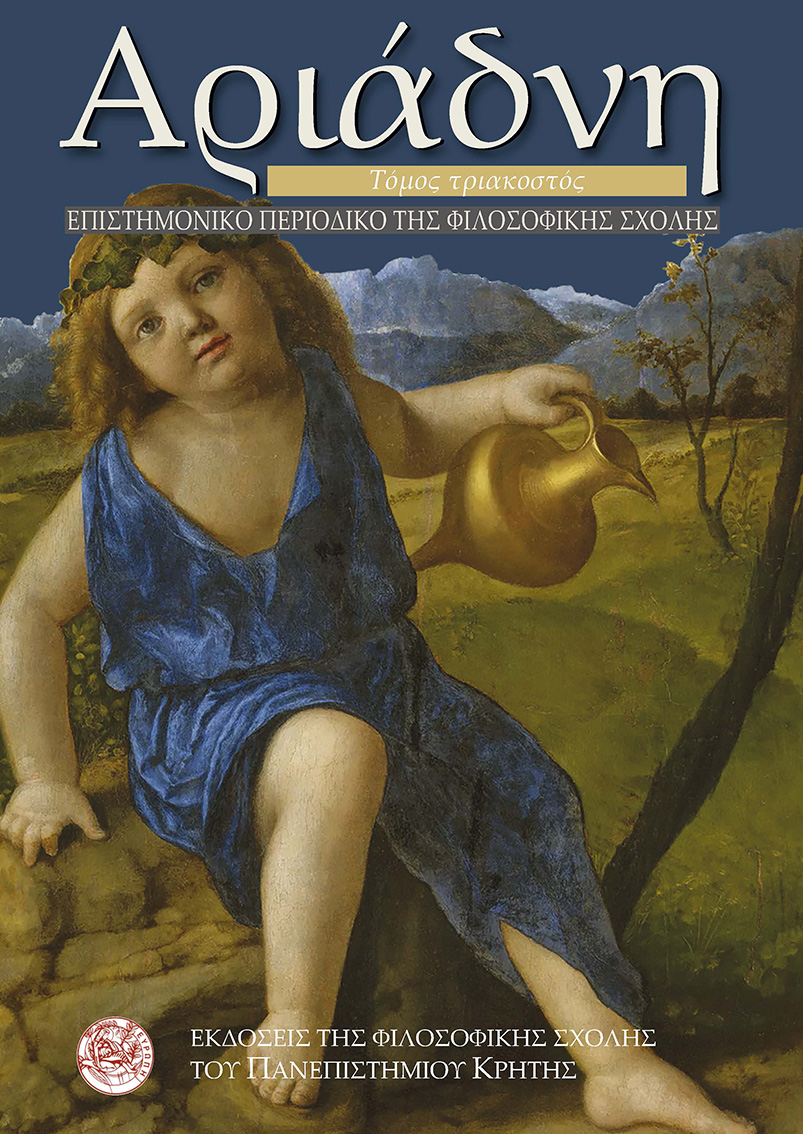Investigation by Molecular Analysis of the Use of Thermal Structures During the Neolithic Period: The Case of Kleitos 1, Kozani (Western Macedonia)
DOI:
https://doi.org/10.26248/ariadne.v30i.1884Abstract
This study aims at a better understanding of the use and role of thermal structures through the analysis of organic remains, focusing on two adjacent outdoor spaces (West of Building A and in the Central Area) in the flat-extensive settlement of the Late Neolithic period Kleitos 1, Kozani, in northwestern Greece. It is anticipated that the implementation of molecular analytical tools and the experimentation with material remains that have not been often the focus of analogous projects will contribute to the exploration of the potential of residue analysis and will generate valuable data on the use of thermal structures. By doing so, significant information will be added to the existing knowledge on the use of outdoor public spaces in order to reveal their complexity, variability and multifunctionality. It is the first time that the analysis of organic residues has been tested in thermal structures in Greece. Despite the application of different protocols for the extraction of the organic fraction, the results of the organic residue analyses on the selected clay structures were relatively poor. Nevertheless, it is noted that experimentation in the use of molecular approaches in this class of materials has demonstrated the potential and limitations of the use of molecular approaches in other open material culture remains beyond ceramics. The analytical data from the samples from Kleitos 1 seem to support the preservation of remains of plant origin. They should, however, be interpreted with caution. We could on the basis of the data, suggest a possible differentiation in the use of the site at the Neolithic settlement of Kleitos 1, Kozani, into domestic and possible workshop production areas.
Downloads
Published
How to Cite
Issue
Section
License

This work is licensed under a Creative Commons Attribution-NonCommercial-ShareAlike 4.0 International License.
Authors retain copyright and grant the journal right of first publication with the work simultaneously licensed under a Creative Commons Attribution-NonCommercial-ShareAlike 4.0 International License that allows others free use of the work for non-commercial purposes as long as the author/s and the journal are attributed properly and the new creations are licensed under identical terms (Creative Commons Attribution-NonCommercial-ShareAlike 4.0 International License).


